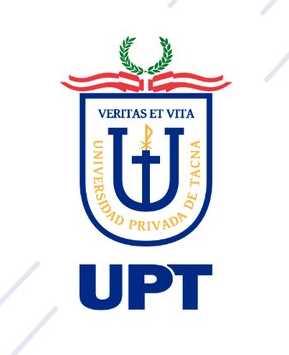The permanence of the pre-hispanic patterns in the landscape of the Architecture of Pukara de San Lorenzo, Azapa Valley, Arica, s. VI-IX
DOI:
https://doi.org/10.47796/ra.2021i19.495Keywords:
Pre-Hispanic settlement, planning process, Tiwanaku influenceAbstract
This article of reflection, on the pre-Hispanic settlement of San Lorenzo (500 A.D. and
950 A.D.), located in the lower sector of the coastal desert Valley of Azapa, in Arica-
Chile, in which evidence of Tiwanaku influences. It is postulated that there was a preHispanic planning process in it, which was maintaining architectures from other periods in the same place, in turn strongly related to the components of its natural, morphological and ecosystem landscape. A survey of different types of mortars used in their development is carried out declaring different stages of their planning.
It is reviewed how the elements of the natural and cultural landscape influenced the planning of the town, in addition to the value it had in the construction of the place, an analysis is carried out based on the architectural observation of the field, reading existing cartographies, architectural surveys on the ground , and the information of the archaeological excavations that have been developed in the place with a reconstructive analytical methodology and a focus on urban landscape planning.
It is concluded that the different construction processes superimposed over time, have given rise to the built landscape of the pre-Hispanic town studied, we can assume that there was a value given to the preexistence for the composition of the landscape complex, in the same way the geographical landmarks of the environment as founders in the sense and planning of the general layout.
Downloads
References
Adán, L., Urbina, S., y Uribe, M. (2007). Arquitectura pública y doméstica en las quebradas de Pica-Tarapacá: Asentamiento y dinámica social en el Norte Grande de Chile (900-1450 DC). En A. Nielsen, M. C. Rivolta, y V. Seldes, Procesos sociales prehispánicos en el sur andino: la vivienda, la comunidad y el territorio (pp.183-206). Editorial Brujas.
Craig, A. K., y Shimada, I. (1986). El Niño flood deposits at Batán Grande, northern Peru. Geoarchaeology: An International Journal, 1(1), 29-38.
Criado Boado, F. (abril de 1999). Del terreno al espacio: planteamientos y perspectivas para la arqueología del paisaje. CAPA 6: Criterios y Convenciones en Arqueología del Paisaje. Grupo de Investigación de Arqueología del Paisaje, Universidad de Santiago de Compostela.
Crom, W. (1988-1989). La interpretación geográfica de fuentes históricas: ejemplo del valle de Azapa, Arica - Chile. Diálogo Andino(7/8), 44-56.
Espina, L. (1971). Estudio agroeconómico del valle de Azapa. Departamento de Ciencias Económicas y Sociales, Facultad de Agronomía, Universidad de Chile.
Giaconi, V. (1976). Cultivo de hortalizas (3ra. ed.). Editorial Universitaria.
Greissl, R. (1974). La colección botánica del Centro de Investigación y Capacitación Agrícola (CICA) - Arica. Idesia, 1(3), 185-195.
Heidegger, M. (1997). Ser y tiempo (Trad. E. Rivera, 2ª. ed.). Editorial Universitaria.
Keller, C. (1946). El departamento de Arica con 174 cuadros estadísticos, 3 planos, 30 figuras gráficas y 100 fotografías. Ministerio de Economía y Comercio, Secretaría General de Censo Económico.
Lynch, K. (1960). La imagen de la ciudad. MIT Press.
Muñoz O., I. (2017). Viviendo con los ancestros: la vida ceremonial de las poblaciones prehispánicas en el Pukara de San Lorenzo, valle de Azapa, norte de Chile. Interciencia, 42(12), 789-797.
Muñoz O., I., y Focacci, G. (1985). San Lorenzo: testimonio de una comunidad de agricultores y pescadores postiwanaku en el valle de Azapa. Revista Chungará, (15), 7-30.
Orejas, A. (1995-1996). Territorio, análisis territorial y arqueología del paisaje. Ediciones Universidad de Salamanca, (13-14), 61-68.




